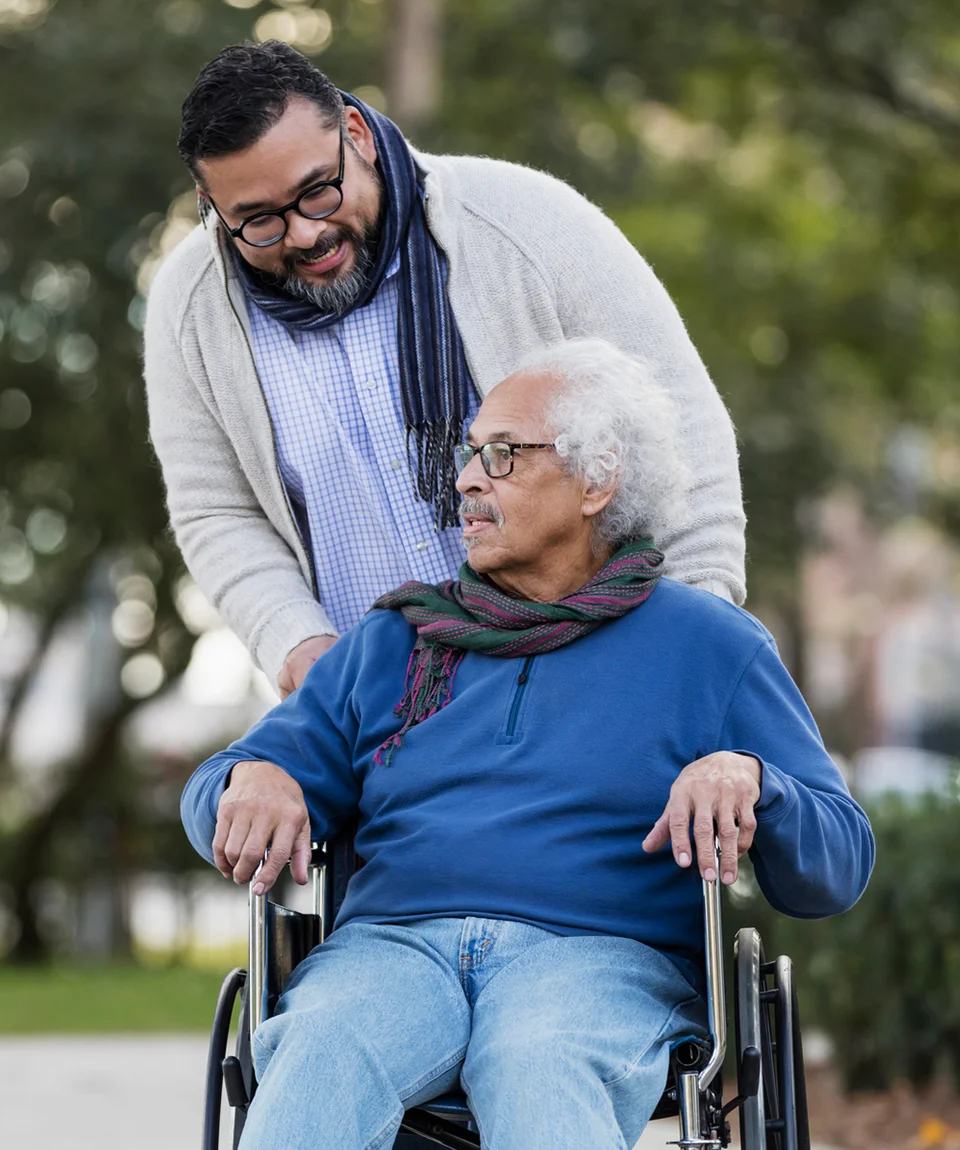What are IRDs?
People who have Inherited Rhythm Disorders (IRDs) experience irregular heartbeats, also known as arrhythmias. Once properly diagnosed, IRDs can be managed through treatment and medication. However, IRDs can lead to complications such as fainting and seizures. In some cases, IRDs may also lead to Sudden Arrhythmia Death Syndrome (SADS) in people of all ages, including children and young adults who are otherwise healthy and have no medical history of a heart condition.
Types
Although it is not very common, HCM can lead to the development of abnormal heart rhythms, known as arrhythmias, which can then lead to sudden death in some people.
- Long QT syndrome
- Wolff-Parkinson-White (WPW) Syndrome
- Brugada syndrome (BrS)
BrS is a heart rhythm disorder that causes abnormal beats in the bottom chambers of the heart (ventricles). If left undiagnosed, BrS can cause fainting, irregular heartbeats, and sudden death. - Catecholaminergic Polymorphic Ventricular Tachycardia (CPVT)
CPVT is an abnormal heart rhythm characterized by fainting or cardiac arrest (cardiopulmonary arrest) while engaging in physical activity or intense emotional stress. It commonly occurs in younger people. - Short QT intervals (SQT)
SQT is characterized by an abnormal heart rhythm where the heart muscle takes a shorter time to recharge between beats. It can cause a variety of complications from fainting and dizziness to cardiac arrest.
Symptoms
Having an IRD can cause a variety of symptoms or it can cause no symptoms at all depending on a number of factors. However, IRDs are an underlying cause for SADS. The most common warning signs for SADS are:
- Fainting or seizure during physical activity
- Fainting or seizure resulting from emotional excitement, emotional distress, or being startled
- Family history of unexpected sudden death during physical activity or during a seizure, or any other unexplained sudden death of an otherwise healthy young person.
Although fainting is a relatively common occurrence, if it occurs in circumstances, such as during physical activity or from emotional excitement, it can represent a warning sign of SADS.
What can you do?
Anyone with one or more of these symptoms should see a family doctor and ask to be referred to a cardiologist or an electrophysiologist for a complete cardiac assessment, including analysis of the heart rhythm and exercise testing.
All immediate relatives of patients known to have an IRD should be screened, since they have an up to 50% chance of having an arrhythmia disorder themselves.
Learn more about CPR and AEDs. You may be able to help save a life.
Diagnosis
The first important test for determining if you have an IRD is carefully recalling a history of your symptoms and family history of IRD. Following this, your doctor may conduct a few tests before recommending treatment. These tests may include:
Treatment
Many treatment options are available, depending on what your doctor recommends. Many patients who have no symptoms can simply be monitored, while others may need to make lifestyle changes, take medication or undergo non-invasive or invasive procedures, including surgery. With proper diagnosis and treatment, most people live relatively normal and productive lives.
